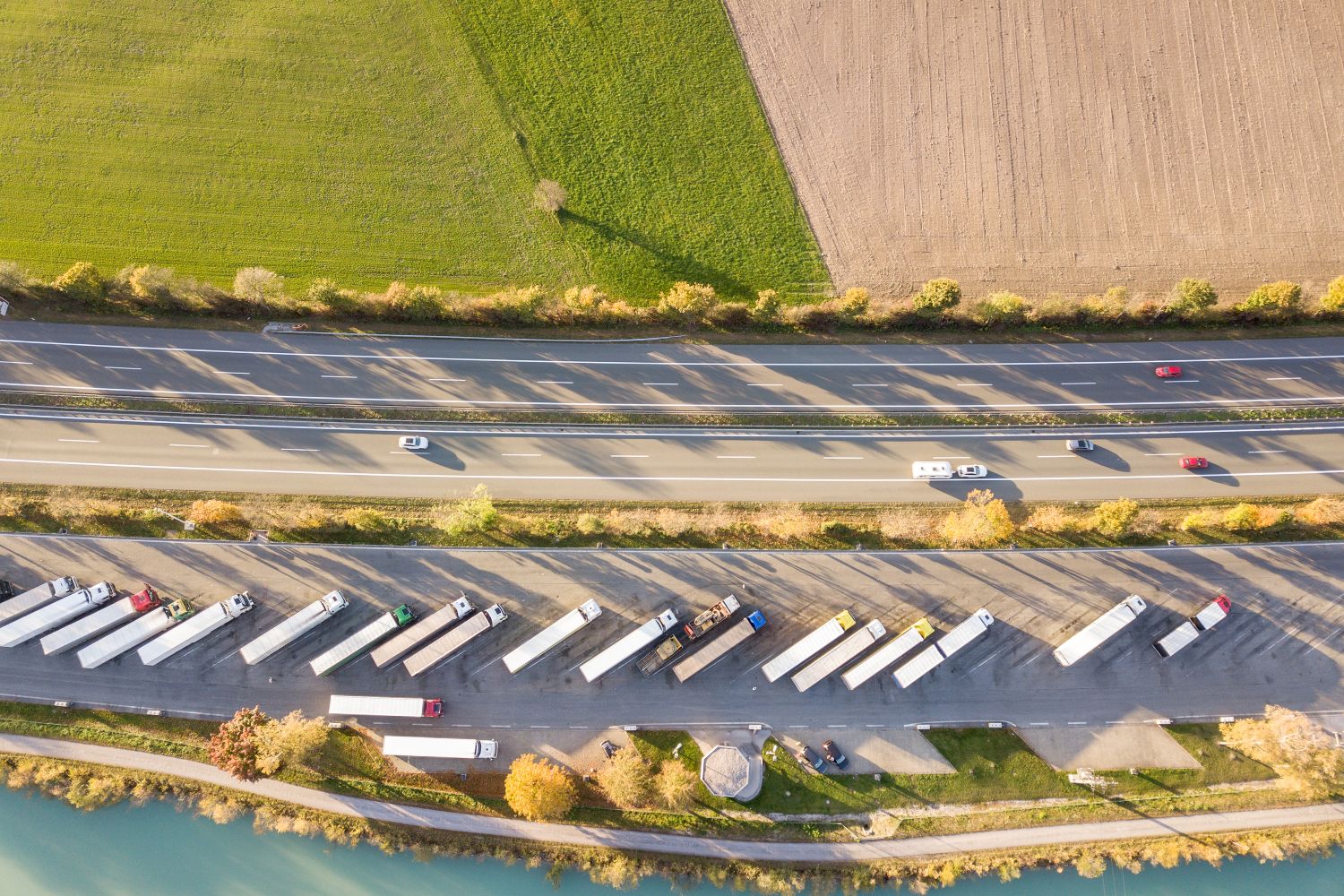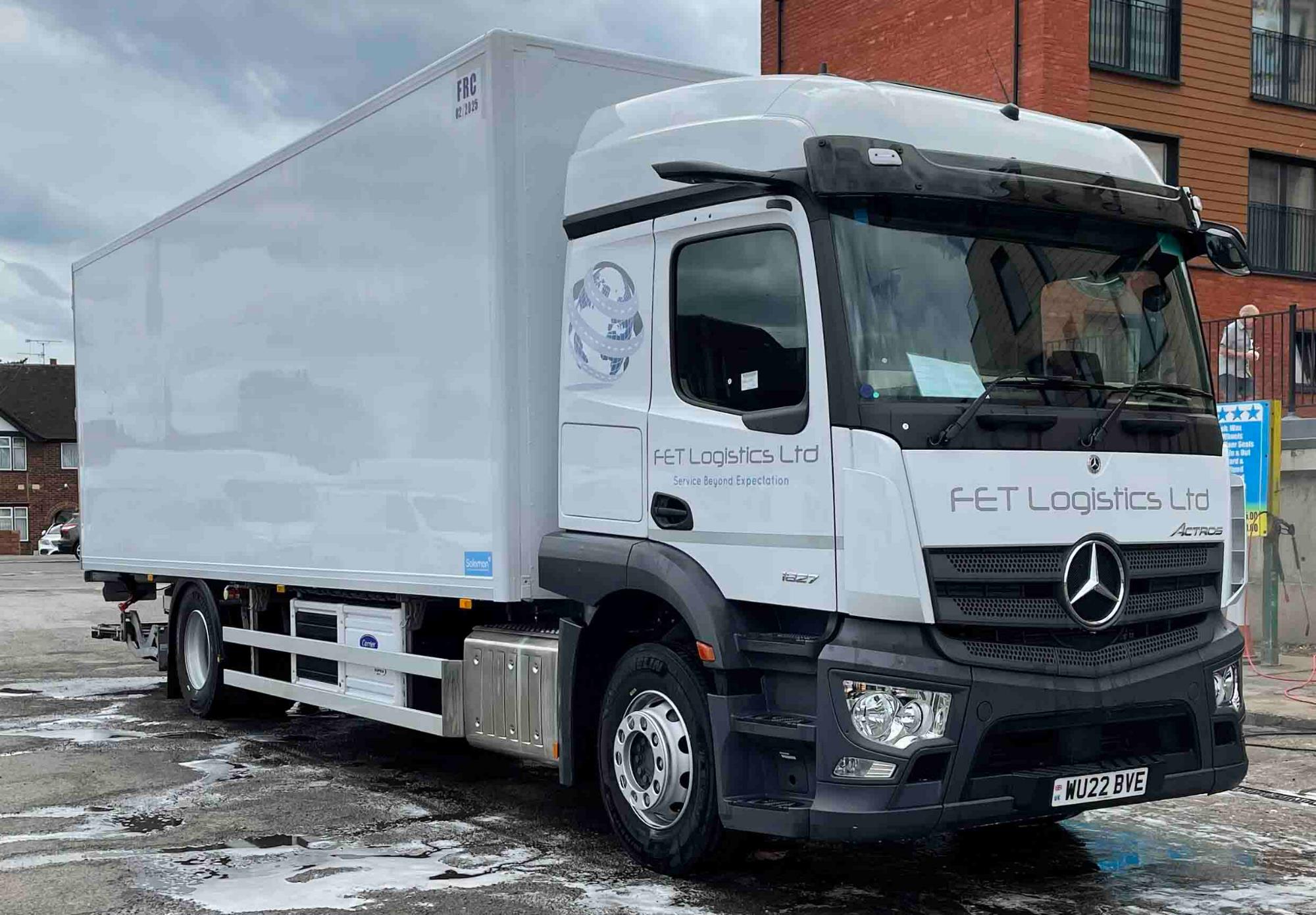
Guest
Polonia acelera el paso al transporte de emisiones cero
Creado: 25/11/2025
•
Actualizado: 25/11/2025
El sector del transporte polaco está experimentando una gran transformación. En los últimos meses, el Gobierno ha introducido una serie de programas de financiación de alto valor destinados a descarbonizar la red de carreteras y las operaciones logísticas del país. Gran parte de esta actividad se centra en las infraestructuras relacionadas con los vehículos pesados, señal de que la transición hacia un transporte de mercancías más limpio se está adoptando en toda Europa.
La magnitud de la inversión -y la velocidad a la que se produce- será importante para operadores, gestores y planificadores de infraestructuras de toda Europa. Para entender por qué, conviene analizar tanto el contexto europeo más amplio como la financiación específica disponible en Polonia.
El camino de Europa hacia las emisiones cero
Hace años que en Europa se está avanzando hacia un transporte de emisiones bajas o nulas. El paquete de la UE Fit for 55 y Green Deal han fijado ambiciosos objetivos para reducir las emisiones de los vehículos pesados en un 45% para 2030 y en un 90% para 2040.
El Reglamento sobre Infraestructuras de Combustibles Alternativos (AFIR) también establece que debe haber puntos de recarga de alta potencia para vehículos pesados cada 60 kilómetros a lo largo de la Red Transeuropea de Transporte (RTE-T) -un sistema de carreteras, ferrocarriles, puertos y aeropuertos europeos que constituye la espina dorsal del transporte de mercancías continental- para 2030. Las estaciones de repostaje de hidrógeno deberán estar disponibles cada 200 kilómetros.
El Reino Unido sigue un camino similar. Los proyectos de demostración de transporte de mercancías por carretera con emisiones cero (https://iuk-business-connect.org.uk/programme/zero-emission-heavy-goods-vehicles-and-infrastructure/) se están utilizando para probar vehículos pesados eléctricos y de hidrógeno en rutas de larga distancia, al tiempo que se destinan fondos a la infraestructura de recarga y repostaje de los depósitos.
En este contexto, el programa de Polonia demuestra que Europa Central y Oriental está dispuesta a asumir el liderazgo en la construcción de un transporte más limpio y mejor conectado.
Un compromiso de miles de millones de złoty
En marzo de 2025, el Fondo Nacional para la Protección del Medio Ambiente y la Gestión del Agua (NFOŚiGW) de Polonia lanzó dos grandes convocatorias de financiación por un valor combinado de 2 000 millones de złotys.
El primero abarcará la construcción y ampliación de las redes eléctricas que abastecen a las estaciones de recarga de alta capacidad, especialmente las de la RTE-T. Abarca tanto la ampliación de la red como la instalación de nuevas conexiones. De este modo, la red podrá suministrar la energía necesaria para la recarga rápida de camiones. Los operadores energéticos y de red pueden solicitar subvenciones si sus proyectos cumplen unos umbrales mínimos de potencia.
La segunda convocatoria de financiación apoya la construcción de estaciones de recarga de vehículos pesados propiamente dichas. El objetivo es crear 550 puntos de acceso público en todo el país, que sirvan tanto para camiones eléctricos como de hidrógeno.
Un último programa, que se puso en marcha en el segundo trimestre de 2025, concede subvenciones y préstamos a las empresas para que puedan comprar o alquilar camiones de emisiones cero de las categorías N2 y N3. La categoría N2 abarca los vehículos con un peso bruto de entre 3,5 y 12 toneladas, mientras que la N3 se aplica a los camiones de más de 12 toneladas. Los niveles de financiación oscilan entre el 30% y el 60%, dependiendo del tamaño de la empresa. Los límites máximos de 400.000 PLN se aplican a los vehículos N2 y de 750.000 PLN a los modelos N3. Las solicitudes estarán abiertas hasta 2029, para que los operadores puedan planificar su transición a los vehículos de emisiones cero.
Estas inversiones se suman al actual programa polaco Nasz Eauto, que subvenciona la compra de coches eléctricos a particulares y empresas, ampliando así la estrategia de transporte sostenible del país más allá de los vehículos de pasajeros.

Construir una red de transporte pesado
Según la Unión Internacional de Transportes por Carretera (IRU), Polonia transporta más mercancías por carretera que cualquier otro país de la UE. Es una puerta natural entre Europa Occidental y los países bálticos, Ucrania y los Balcanes, lo que significa que una infraestructura fiable de emisiones cero en Polonia tendrá repercusiones en toda Europa.
Al establecer unos requisitos energéticos claros y alinear los proyectos con los corredores de la RTE-T, el Gobierno garantiza un enfoque coordinado en lugar de proyectos aislados. El objetivo es crear una red fiable en la que los camiones eléctricos y de hidrógeno puedan circular libremente por las principales rutas comerciales. El Viceministro de Clima y Medio Ambiente describió el programa como una forma de reforzar "la competitividad de los operadores de transporte de mercancías polacos", al tiempo que se reducen las emisiones de uno de los mayores sectores económicos del país.
La red nacional polaca también forma parte de la Iniciativa de Corredores de Transporte Limpio (https://transport.ec.europa.eu/news-events/news/eu-ministers-commit-faster-truck-recharging-deployment-2025-09-16_en). Un total de nueve países de la UE -incluida Polonia- se comprometieron en septiembre de 2025 a acelerar el despliegue de infraestructuras de recarga a lo largo de rutas clave para el transporte de mercancías, como los corredores Mar del Norte-Báltico y Escandinavo-Mediterráneo de la RTE-T.
Para las flotas que operan en toda Europa, la iniciativa significa que la infraestructura de recarga será más normalizada y predecible entre países. Esto ayudará a los conductores a planificar las rutas transfronterizas con mayor confianza, al tiempo que apoyará el cambio hacia un transporte de mercancías con cero emisiones.
Oportunidades prácticas y retos reales
Para los operadores de flotas, el momento es alentador. Los camiones de emisiones cero están entrando rápidamente en el mercado europeo, con ventas de casi 2.000 camiones eléctricos pesados de emisiones cero registradas en la primera mitad de 2025 en toda la UE.
Sin embargo, existen retos. Añadir capacidad de recarga de alta potencia significará que los operadores de la red, las autoridades locales y los centros logísticos tienen que cooperar. También llevará tiempo contratar a técnicos capacitados para instalar y mantener equipos de alta tensión.
Además, los costes de los vehículos y los factores operativos también podrían ralentizar el progreso. Incluso con subvenciones generosas, las empresas deben sopesar el coste de propiedad de los vehículos eléctricos, los patrones de ruta y la preparación de los depósitos.
Qué significa para la movilidad
Para la comunidad del transporte por carretera, el programa de Polonia es un hito importante. Una vez completado, su red de recarga y repostaje conectará Europa oriental y occidental, favoreciendo un transporte de mercancías más limpio y eficiente.
"Se trata de un punto de inflexión para el transporte pesado", afirma Nick Renton, Director de Estrategia Europea y Desarrollo Empresarial de SNAP. "Las acciones de Polonia demuestran que el transporte de mercancías con cero emisiones se está convirtiendo en parte de la vida cotidiana, en lugar de una visión a largo plazo. A medida que se multipliquen los puntos de recarga y repostaje, los operadores podrán programar viajes más limpios con confianza."
A medida que evolucione la situación, seguiremos apoyando a las flotas de toda Europa con tecnología, información y herramientas prácticas para los conductores. Nuestra aplicación intruck app ayuda a identificar y reservar paradas de descanso, puntos de repostaje y aparcamientos seguros, a los que se irán añadiendo más instalaciones de cero emisiones a medida que se abran nuevos emplazamientos. A los operadores que quieran anticiparse a los cambios en las infraestructuras, les ofrece una visión clara de cómo evoluciona la red de carreteras y de dónde surgen nuevas oportunidades.



